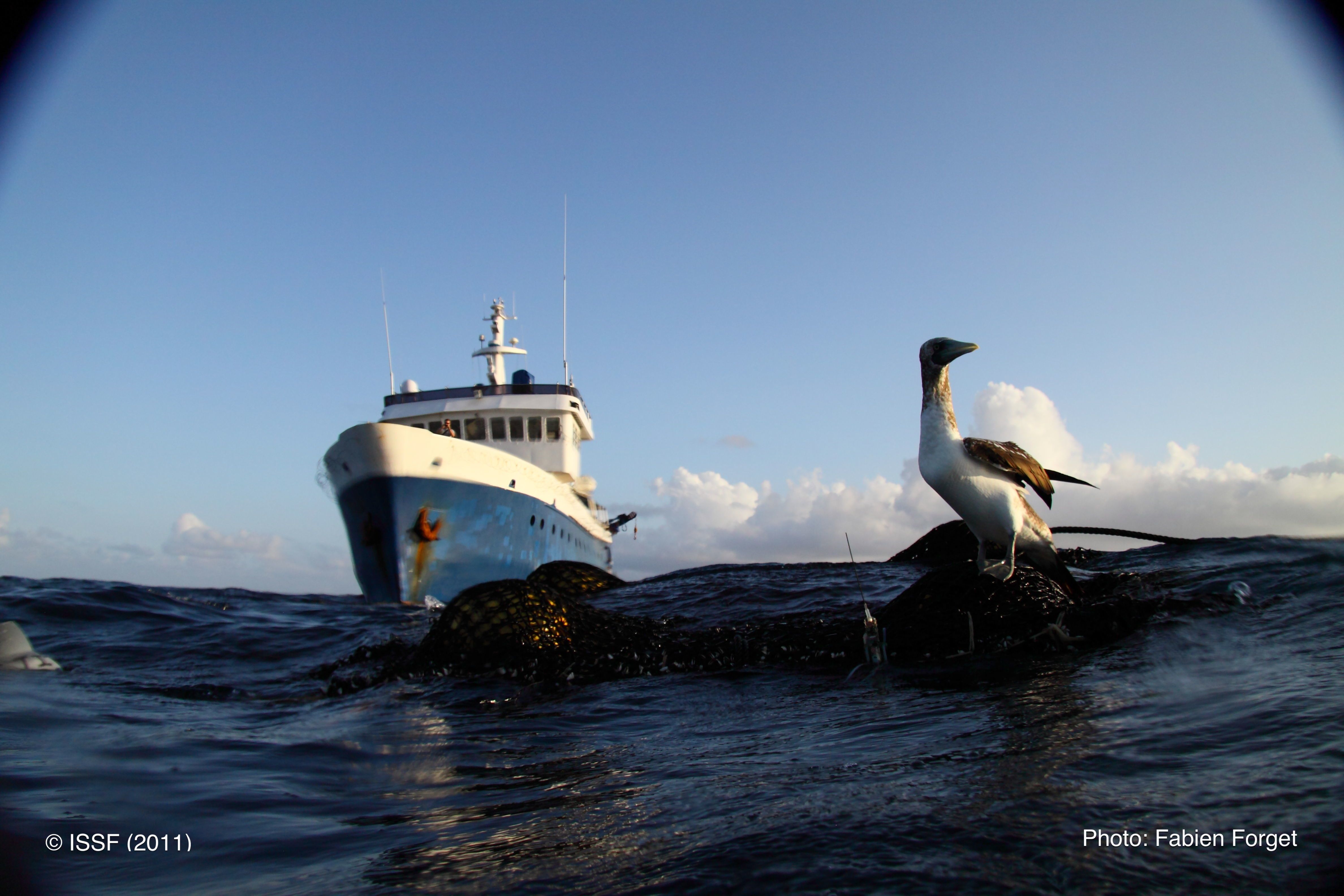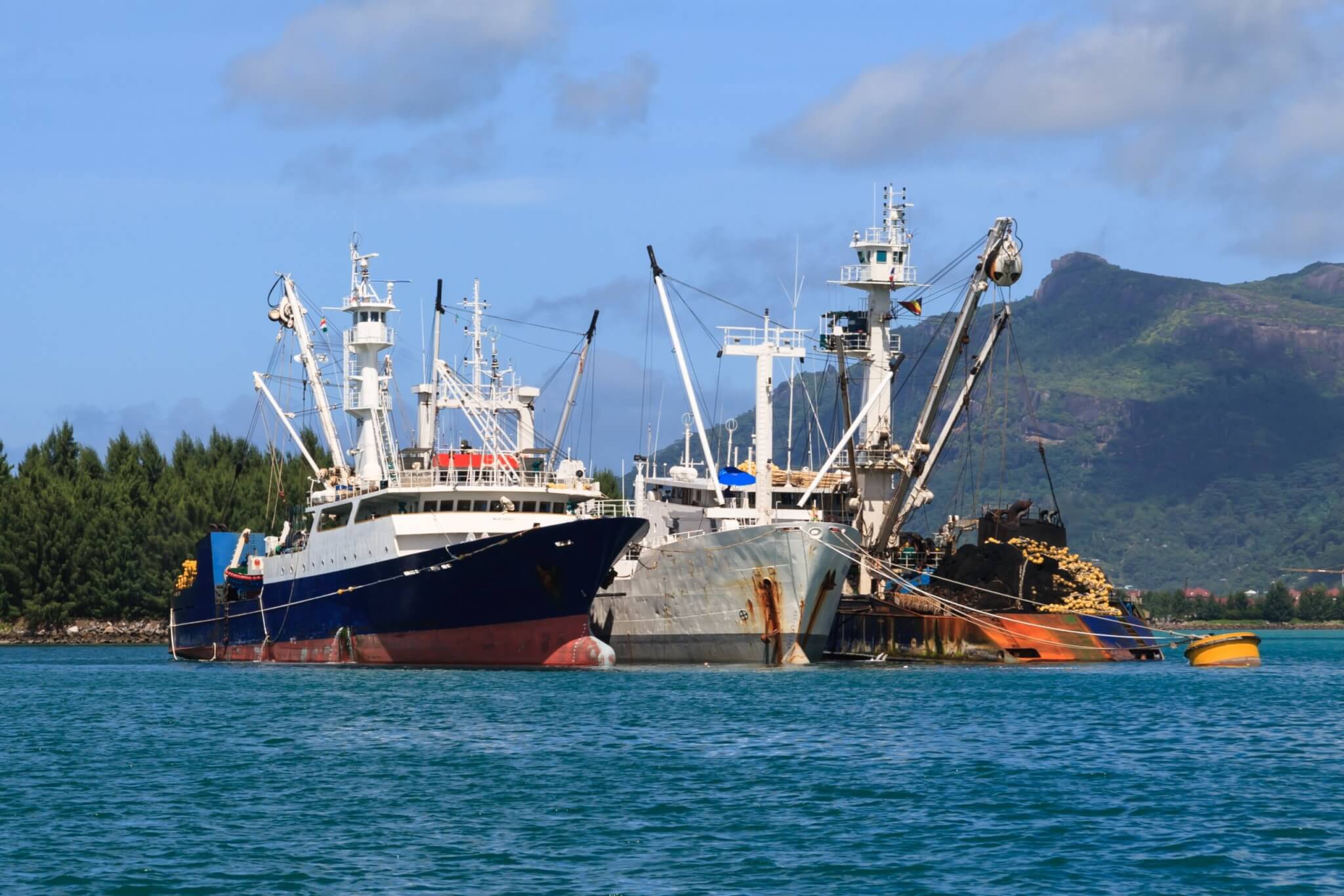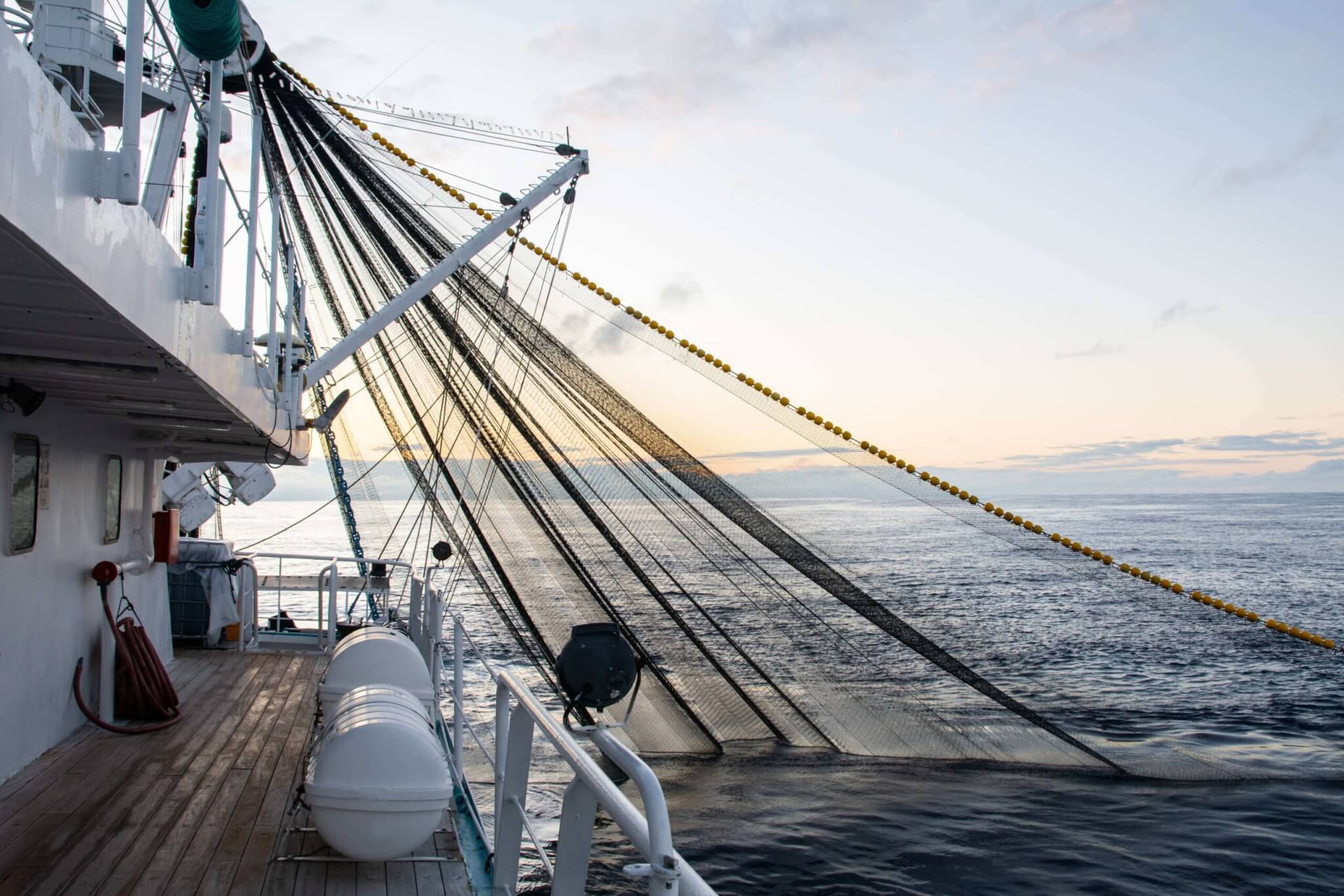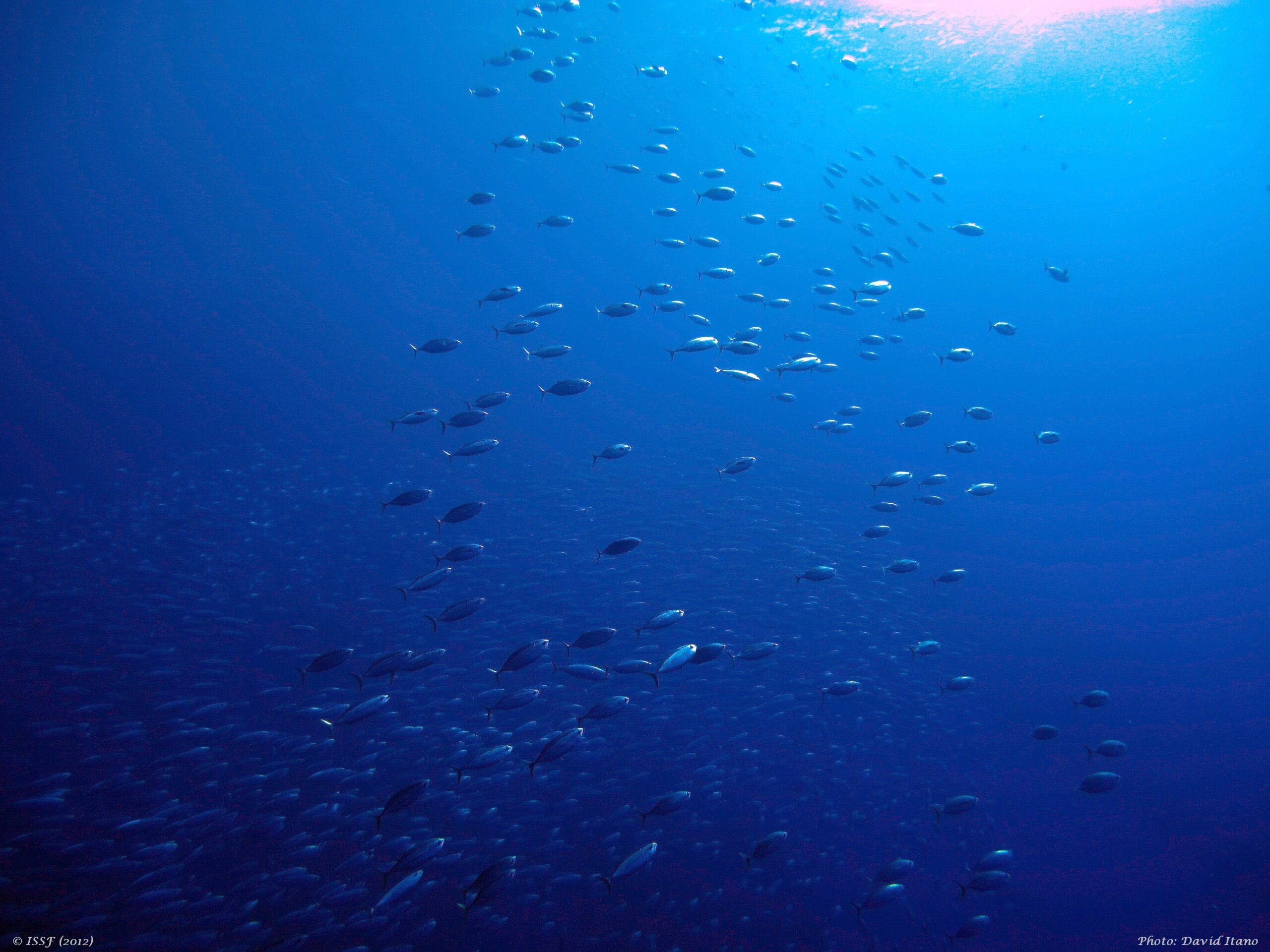
Indian Ocean Fisheries Managers Must Get Serious about At-Risk Yellowfin Tuna
In early November, nearly 200 participants took to their computers for a week-long virtual discussion about Indian Ocean fishery management needs and how to address the growing chorus of concern around effective tuna conservation in the region. The yellowfin tuna stock, the health of which has been at risk for years, was top of mind.
Heading into the 24th Session of the Indian Ocean Tuna Commission (IOTC), ISSF and many of our partners in the conservation community were clear that the regional management body must do more to ensure the long-term sustainability of the region’s yellowfin tuna stock. If designed and executed properly, an effective yellowfin rebuilding plan — one that follows the advice of the Commission’s Scientific Committee and results in a 15%-20% reduction from the 2017 yellowfin catch levels — would allow the stock to begin to recover to healthy levels.
IOTC Scientific Committee Advice Not Fully Reflected in Yellowfin Rebuilding Plan
For several years now, the risk for further declines in yellowfin stock has been of concern. Yet the interim-rebuilding plan, Resolution 19/01, did not fully incorporate the IOTC Scientific Committee’s advice, and non-compliance by parties to the IOTC further undermined the measure. As a result, the interim measure has proved wholly insufficient in turning around the declining status of this important stock.
Management challenges brought about by the COVID-19 pandemic are real. But these challenges are not insurmountable: RFMOs like the IOTC must ensure the uninterrupted, sustainable management of the tuna stocks and marine ecosystems under their purview. Such challenges absolutely do not warrant inaction on issues of critical importance.
That is why ISSF this year — along with other NGOs, industry, and stakeholders — called upon the IOTC to adopt, without delay, an effective rebuilding plan for yellowfin tuna. The plan must give full effect to the advice of the IOTC Scientific Committee and address the over-catches that were in violation of the Commission’s yellowfin measure.
Regrettably, rather than amend its rebuilding plan based on the best science available, IOTC essentially rolled the existing and insufficient Resolution 19-01 into next year. The Commission made no significant updates to the requirements, and therefore the weaknesses — including lax data reporting mechanisms and no review of over-catches — remain in the measure.
Preparing Now for IOTC Special Meeting on Yellowfin in March 2021
On the upside, IOTC did agree to hold a special meeting in March 2021 to discuss a new yellowfin rebuilding plan. It is encouraging that parties recognize the need for both action and a more effective measure to address the serious risk of further declines in the status of the yellowfin stock.
But punting these types of decisions into next year wastes precious time. The special March meeting will also need to be conducted over video conference, making the necessary robust negotiations difficult – but hopefully not impossible if all parties are committed to finding a solution.
It is absolutely critical that IOTC begin preparations now to ensure that the March 2021 special meeting can adopt a new, effective, and scientifically based yellowfin rebuilding plan before the situation becomes even more untenable. ISSF remains focused on taking steps forward, and we will be working diligently in the weeks and months ahead with all stakeholders to support IOTC in this goal.
Holly Koehler is the Vice President of Policy and Outreach at ISSF. Previously, she worked at the U.S. Department of State Office of Marine Conservation.
Dr. Hilario Murua is a fish population dynamics, assessment and management expert. He serves as Senior Scientist for ISSF and is former Chair of the IOTC Scientific Committee.
Read ISSF’s October 2020 IOTC Position Statement in English and French.


